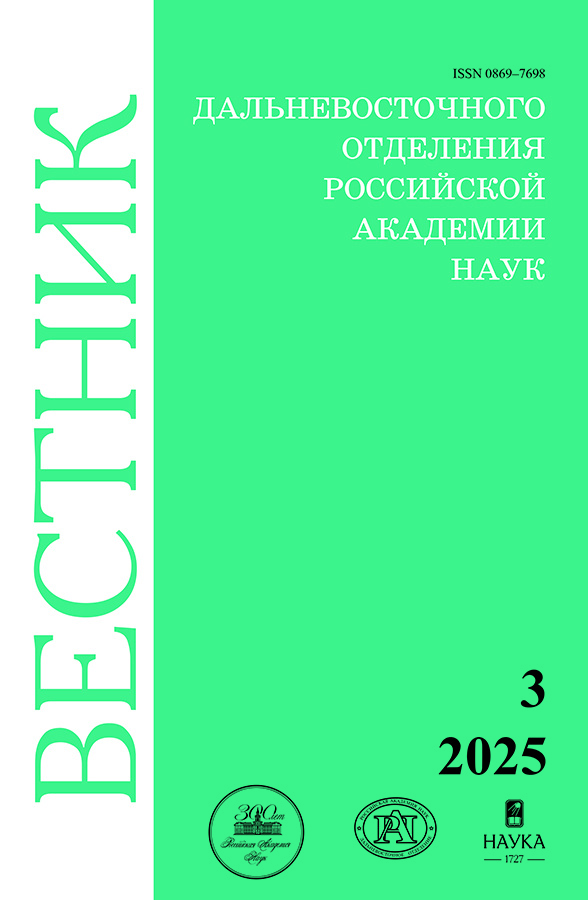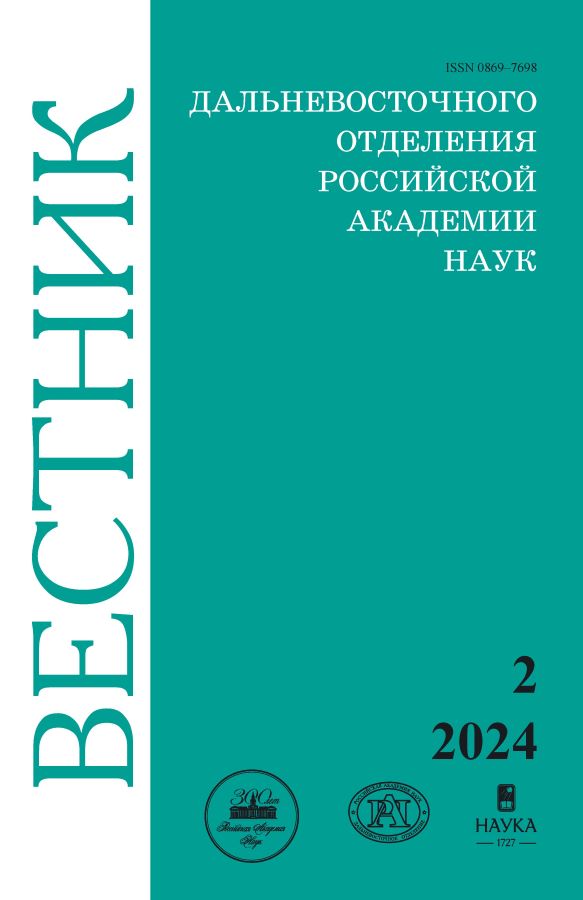Deformation method of tsunami prediction
- Authors: Dolgikh G.I.1, Dolgikh S.G.1
-
Affiliations:
- V. I. Ilyichev Pacific Oceanological Institute, FEB RAS
- Issue: No 2 (2024)
- Pages: 5-16
- Section: Earth and Environment Sciences
- URL: https://permmedjournal.ru/0869-7698/article/view/676022
- DOI: https://doi.org/10.31857/S0869769824020013
- EDN: https://elibrary.ru/ldxcct
- ID: 676022
Cite item
Full Text
Abstract
Based on the analysis of numerous data on variations of deformations of the Earth’s crust obtained using a laser strainmeter, deformation anomalies (deformation jumps) that occur during tsunami generation have been detected. The deformation jumps recorded by the laser strainmeter are caused by bottom movements leading to the formation of a tsunami. According to the data of many registered tsunamigenic earthquakes, the attenuation coefficients of the identified deformation anomalies for four regions of the planet have been calculated.
Keywords
Full Text
About the authors
Grigory I. Dolgikh
V. I. Ilyichev Pacific Oceanological Institute, FEB RAS
Author for correspondence.
Email: dolgikh@poi.dvo.ru
ORCID iD: 0000-0002-2806-3834
Academician of RAS, Doctor of Sciences in Physics and Mathematics, Professor
Russian Federation, VladivostokStanislav G. Dolgikh
V. I. Ilyichev Pacific Oceanological Institute, FEB RAS
Email: sdolgikh@poi.dvo.ru
ORCID iD: 0000-0001-9828-5929
Doctor of Technical Sciences
Russian Federation, VladivostokReferences
- Stein S., Okal E. A. Speed and size of the Sumatra earthquake. Nature. 2005;434(7033);581–582.
- Wei Y., Newman A. V., Hayes G. P., Titov V. V., Tang L. Tsunami forecast by joint inversion of real-time tsunami waveforms and seismic or GPS Data: Application to the Tohoku 2011 tsunami. Pure and Applied Geophysics. 2014;171:3281–3305. https://doi.org/10.1007/s00024–014–0777-z.
- Pacific Tsunami Warning Center/International Tsunami Information Center (PTWC/ITIC). User’s guide for the Pacific Tsunami Warning Center enhanced products for the Pacific tsunami warning system. Revised Edition. Paris, France: UNESCO/IOC; 2014. Vol. 105. (IOC Technical Series).
- Perez del Postigo Prieto N., Raby A., Whittaker C., Boulton S. J. Parametric Study of Tsunamis Generated by Earthquakes and Landslides. Journal of Marine Science and Engineering. 2019;7(5):154.
- Dolgikh G. I., Dolgikh S. G., Kovalev, S.N., Koren I. A., Ovcharenko V. V., Chupin V. A., Shvets V. A., Yakovenko S. V. Recording of deformation anomaly of a tsunamigenous earthquake using a laser strainmeter. Doklady Earth Sciences. 2007;412(1):74–76.
- Dolgikh G. I., Dolgikh S. G., Kovalev S. N., Ovcharenko V. V., Chupin V. A., Shvets V. A., Yakovenko S. V. A deformation method for determining the tsunami potential of earthquakes. Doklady Earth Sciences. 2007;417(1):1261–1264.
- Dolgikh G. I. Principles of designing single-coordinate laser strainmeters. Technical Physics Letters. 2011;37(3):204–206.
- Hashimoto M., Savage M., Nishimura T., Horikawa H., Tsutsumi H. 2016 Kumamoto earthquake sequence and its impact on earthquake science and hazard assessment. Earth, Planets and Space. 2017;69:98. doi: 10.1186/s40623–017–0682–7.
- Ji C., Wald D. J., Helmberger D. V. Source description of the 1999 Hector Mine, California earthquake. Part I: Wavelet domain inversion theory and resolution analysis. Bulletin of the Seismological Society of America. 2002;92(4):1192–1207.
Supplementary files












